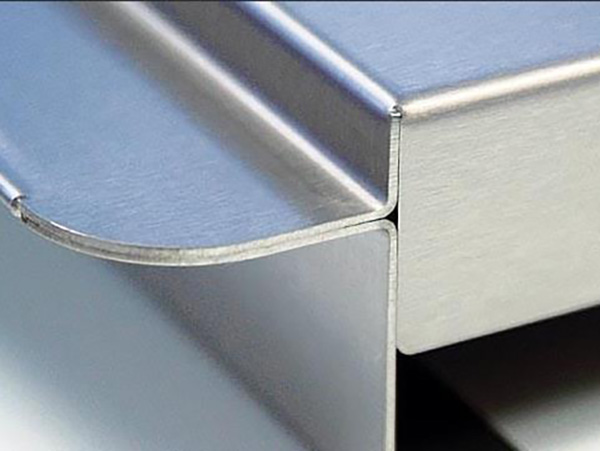
How to Store and Maintain Stainless
Steel Sheets?
Stainless Steel Sheet Storage Methods
Stainless steel sheets have strong
anti-corrosion and anti-rust properties, but after purchasing, reasonable
storage is also necessary. Otherwise it will get rust due to improper storage.
The first step in storing stainless
steel sheets is to choose a suitable warehouse. A suitable site is generally
clean and requires smooth ventilation and exhaust. You should try to stay away
from harmful gas sources and dust sources. There should be no acid, alkali,
salt, cement, industrial reagents and other items nearby. Moisture-proof
measures in the warehouse should also be in place. Under normal circumstances,
stainless steel material warehouses should adopt closed warehouses.

When storing stainless steel sheets that
have been coated, it is best to avoid direct sunlight. During the filming
cycle, regular inspections are required, mainly to observe whether the film has
fallen off or been damaged. Normally Under normal circumstances, the lifespan
of the film is about three months. After more than three months, it must be
replaced in time.
In addition, the accumulation and
classification of stainless steel sheets are also very important; different
types of steel should be stacked separately to prevent confusion and corrosion
from mutual contact. When stacking stainless steel plates, attention should
also be paid to making the stainless steel sheets stacked as neatly as
possible, with their symbolic ends facing in one direction for easy
identification and search. When necessary, relevant horns can also be used to
make the storage materials more stable and effectively prevent the storage pile
from tilting or shifting and sinking.
Where can Stainless Steel Sheet be Easily
Corroded?
w Dust containing other metal elements or attachments of
heterogeneous metal particles accumulate on the surface of the stainless steel sheet.
In the humid air, the condensed water between the attachments and the stainless
steel plate connects the two into a micro-battery, causing an electric shock.
Chemical reaction destroys the protective film, which is electrochemical
corrosion.
w Organic juice (such as vegetables, noodle soup, phlegm, etc.)
adheres to the surface of the stainless steel plate. In the presence of water
and oxygen, it forms organic acid. For a long time, the organic acid corrodes
the metal surface.
w Stainless steel sheet surface contains acid, alkali,
and salt substances (such as alkaline water and lime water splash on the wall
decoration), causing local corrosion.
w In polluted air (such as an atmosphere containing a large amount
of sulfides, carbon oxides, and nitrogen oxides), when encountering condensed
water, liquid points of sulfuric acid, nitric acid, and acetic acid are formed,
causing chemical corrosion.
Many users have a misunderstanding that
stainless steel plates are more durable than iron plates, so they don't pay
much attention to the maintenance of stainless steel plates. In fact, whether
it is stainless steel or other more advanced materials, there will always be
its nemesis, but they are not common. Therefore, in order to make the stainless
steel plate durable, everyone still needs to pay attention to the above 4
points.
Is It Necessary to Make Maintenance for
Stainless Steel Sheets?
Stainless steel plate is an
environmentally friendly and safe decorative material with good decorative
effect and many product series. Most importantly, it does not produce
formaldehyde and other harmful substances, is fireproof and has no radiation.
It has now become an important part of home decoration. Although stainless
steel plate material has strong corrosion resistance and wear resistance, in
order to achieve the beautification effect of decoration, some regular
maintenance is required in daily life.

If there is only some dust and dirt left
on the surface of the colored stainless steel plate, you can scrub it with warm
water or soap and weak detergent. Some products have certain adhesive tapes on
their surfaces. It is best to wash them with warm water and weak detergent.
Generally speaking, the adhesive component is best wiped with alcohol or
organic solvents and can be easily wiped clean.
Grease, oil, and lubricating oil
contamination accidentally left on the surface of the board can be wiped clean
with a paper towel, and then washed with a neutral detergent or ammonia
solution or a special detergent. At home, you can use dishwashing liquid and
other water to clean it. scrub. Some poor-quality colored stainless steel
plates will rust due to certain circumstances. In this case, they can be washed
with 10% nitric acid or abrasive detergent, or they can also be washed with
special cleaning chemicals.






